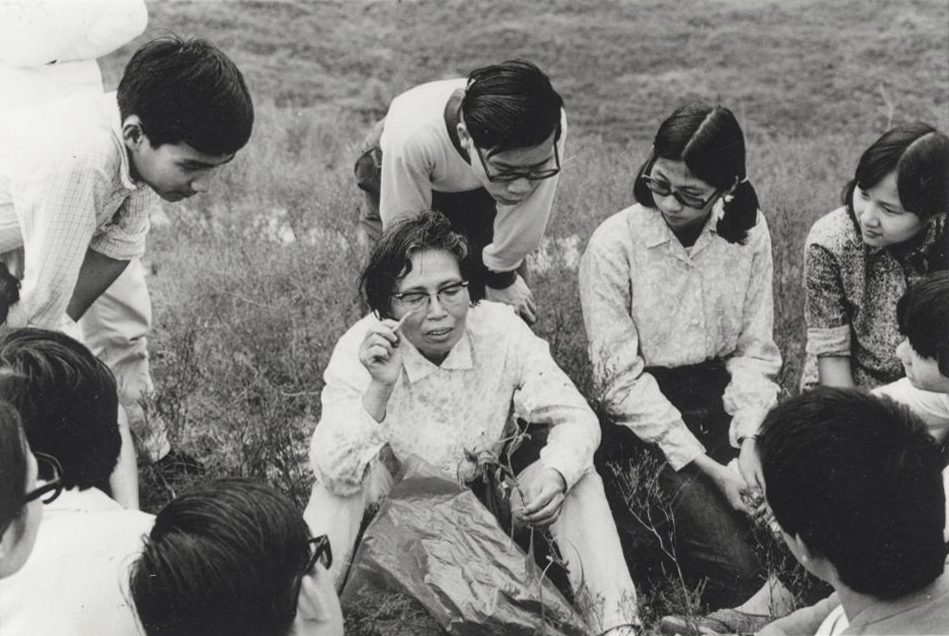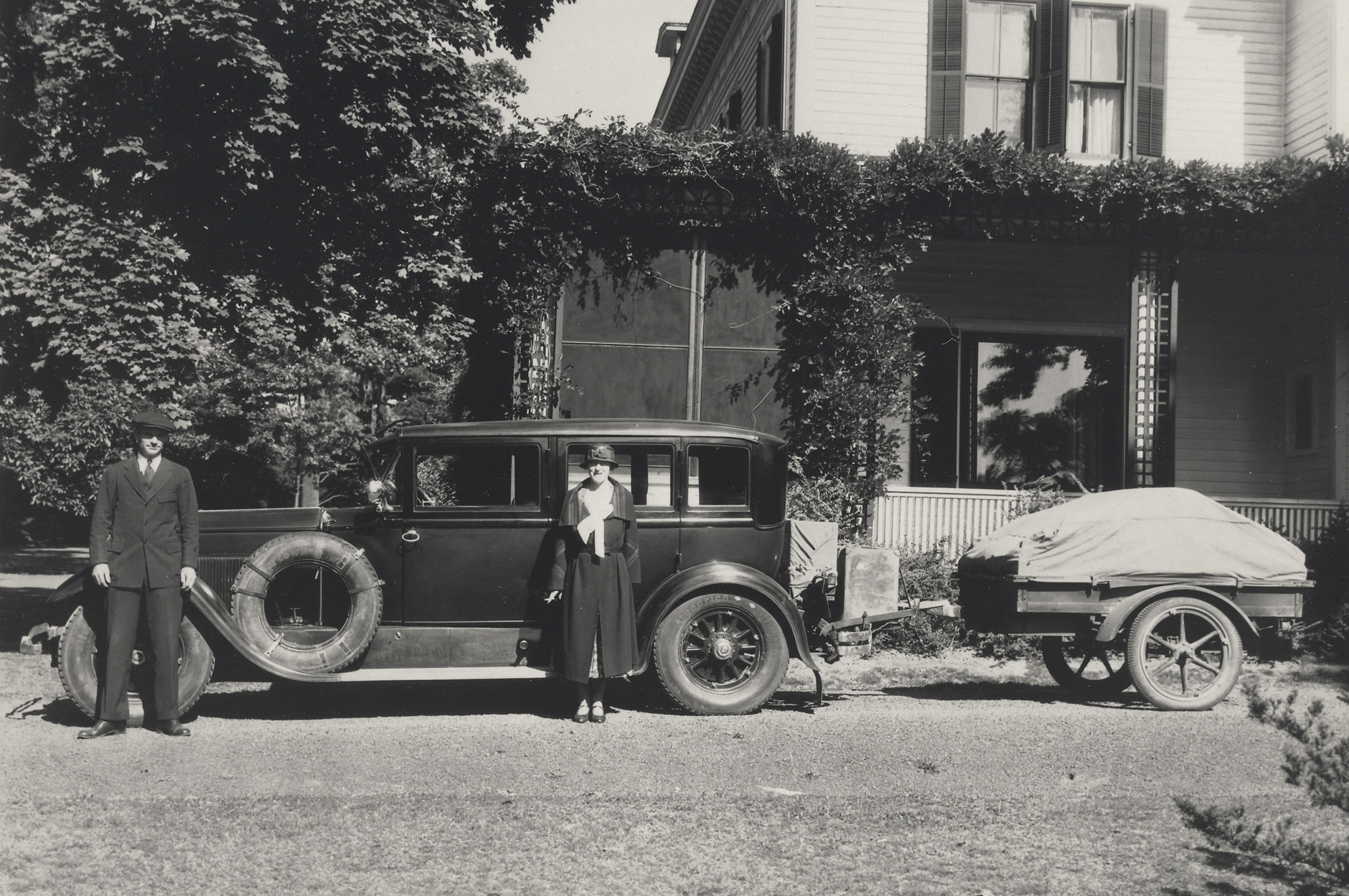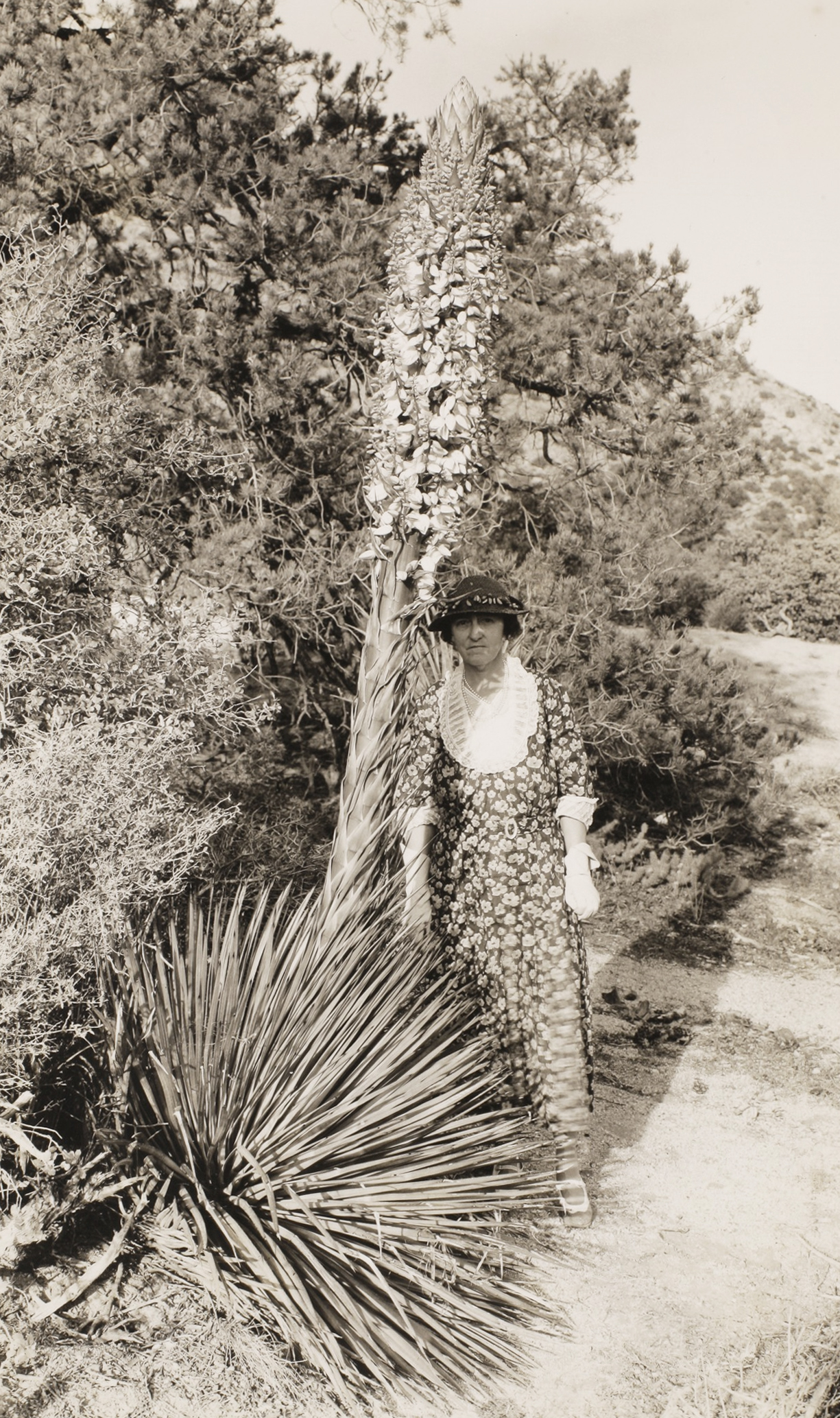Read Part 2 of this article, which profiles women of the Arboretum today.
In the past, the stories we told about our history at the Arnold Arboretum read like a historical timeline of distinguished men who made the institution what it is today. The tales of figures such as founding director, Charles Sprague Sargent, and plant collector Ernest Henry Wilson, fill books and our website with tales of their daring voyages and botanical accomplishments. But where are the women in the history of this living museum?
Meet Some Women of the Past
Botany and landscape design have traditionally been arenas in which women could participate, if not on an equal footing, at least to have a place in these professions. Women have been on our staff, have been students, and have been associated with the Arboretum since our early days. Four female figures of the Arboretum that we all should know better are Dr. Shiu-Ying Hu, Beatrix Jones Farrand, Susan Delano McKelvey, and Constance Tortorici Derderian.
Shiu-ying Hu
Dr. Shiu-Ying Hu, former Emeritus Senior Research Fellow, pursued a PhD in botany from Harvard from 1946 to 1949, and became the second Chinese woman, after Dr. Luetta Chen, to receive a doctoral degree in botany from the University. She persevered even though she was told that “Harvard didn’t take girls.” Shortly after graduating, she joined the staff of the Arboretum. During an interview about those early days, Hu said that “at that time, racial and sexual discrimination was very heavy, so my salary was about the same as a janitor’s,” but she nevertheless felt very passionate about “working for Chinese botany.” During the period in which China was closed to the West, Hu acted as a conduit for articles and research for Chinese colleagues, and through her long life she taught and mentored generations of students and colleagues. In 2000, John Williams composed and dedicated the haunting Treesong, a composition for violin and orchestra, to Dr. Hu. In it he tried to capture both Hu’s botanical and spiritual connection with the dawn redwood (Metasequoia glyptostroboides).



Beatrix Jones Farrand
Beatrix Jones Farrand, the landscape architect whose notable commissions include the gardens of Dumbarton Oaks, the National Cathedral in Washington DC, and Yale University, began her career at the Arnold Arboretum. She studied for many years under the tutelage of Charles Sargent. He launched her career in the 1890s, providing good recommendations and helping her overcome many professional barriers that she faced because of her gender. She continued her association with the institution and was appointed as Consultant Landscape Gardener at the Arboretum in 1946 when she was 75 years old. During her four years in this role, she designed the Azalea Border along Meadow Road, trellises for the old Shrub Collection, and major renovations of Bussey Hill and Peters Hill.



Susan Delano McKelvey
Susan Delano McKelvey also studied with Sargent after 1920, initially working in the greenhouse washing clay pots and weeding plants as she learned her new trade. McKelvey’s favorite plants were lilacs and yuccas, although she also reported that she was also “a cactus enthusiast—and an agave one.” Early in her career in the Arboretum, she was especially interested in lilacs. She wrote The Lilac: A Monograph in 1928, a popular book that sold exceedingly well and won many awards. It is still a well regarded reference on the genus. She spent many years botanizing in the American southwest (especially Nevada, Arizona, California, and New Mexico), where she studied yucca plants and their relatives. The result of her work was a two-volume study of the genus. McKelvey’s masterpiece was a magnificently large book entitled The Botanical Exploration of the Trans-Mississippi West 1790-1850.



Constance Tororici Derderian
Constance Tortorici Derderian was an early expert and promoter of subtropical bonsai in the northeastern United States. She took the first bonsai course the Brooklyn Botanic Garden (BBG) ever offered in 1954, and worked with Frank Masao Okamura, Kan Yashiroda, Lynn Perry, and other leading bonsai specialists in New York. She also studied with Kyūzō Murata in Japan in 1967. Derderian was guest editor of the BBG’s Bonsai for Indoors Handbook (1976), and a founding member of the American Bonsai Society in 1967, which she also directed for many years. She received the Massachusetts Horticultural Society gold medal in 1979 for her outstanding work in bonsai. Derderian taught bonsai classes at the Arboretum many years before she curated the Larz Andersen Bonsai Collection (now the Bonsai and Penjing Collection). Between 1969 and 1984, she was instrumental in revitalizing the trees under her care, and they would probably not exist today without her efforts at reviving the plants.



These are only four figures among so many women who have worked and continue to work at the Arboretum. They made significant contributions, challenging and subverting gendered conventions of their day. Their substantial contributions to botany and horticulture are an inspiration to women everywhere, past and present. They helped shape the Arboretum and its mission, and in doing so, lend them a more visible presence in our history.
This article has been adapted from a library blog post by former library intern Dr. Miranda Mollendorf.

